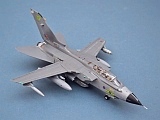March 2020
Sikorsky R-
Sikorsky R-
771 Sqn Fleet Air Arm, RNAS Portland, 1945.
MPM 1/72 with various markings from spares box
© www.gengriz.co.uk
Have a look at many more early helicopters on my Helicopters pages
The R-
Limited in the ASW role by their small payload, precluding a useful weapons load,
the RN’s R-
Building the MPM Hoverfly R-
This particular kit is somewhat of a rarity and definitely a short run product. It has relatively little detail to see, but neither has the real thing!
The kit requires some careful optimism and patience to build, since many of it’s parts are roughly formed and need a lot of tidying up and they generally lack such luxuries as location pins. In fact I have heard it described a s a”tricky” build; I’m not sure I would totally agree since most of it is OK and does tidy up well. The main sticking point is the acetate cockpit canopy, a common issue with early MPM products. This comes in 4 parts, which are nicely formed, but don’t fit together well and are very difficult to assemble and fix in place.
Rotor blades and the complex rotor head are nicely represented, if a little weak once complete. The cabin, which includes some nice photo etch, is pleasingly detailed, although I’m not sure the bucket style seats are correct
for a UK machine. Instructions are a little vague about part positioning, although a search online for pictures of the real thing clarified some of my doubts. The inside of the engine and rotor mast space are completely empty, and require you to make up some thin plastic rod to provide the bracing struts. Basic decals are provided for USCG and US army machines.
It would be nice to see a more modern kit of this important pioneering aircraft in 1/72, but its small size, drab appearance and relative simplicity make this unlikely. Decals come from my spares box.
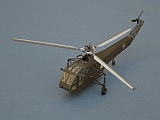
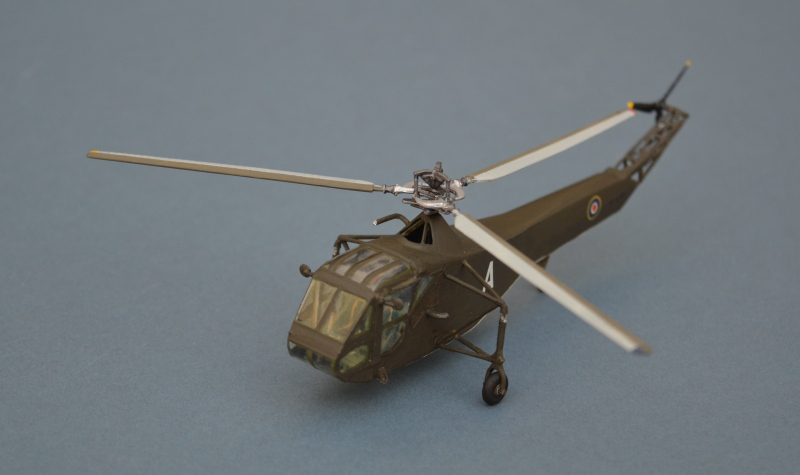
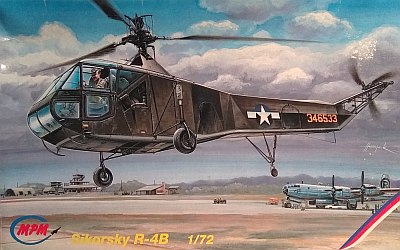
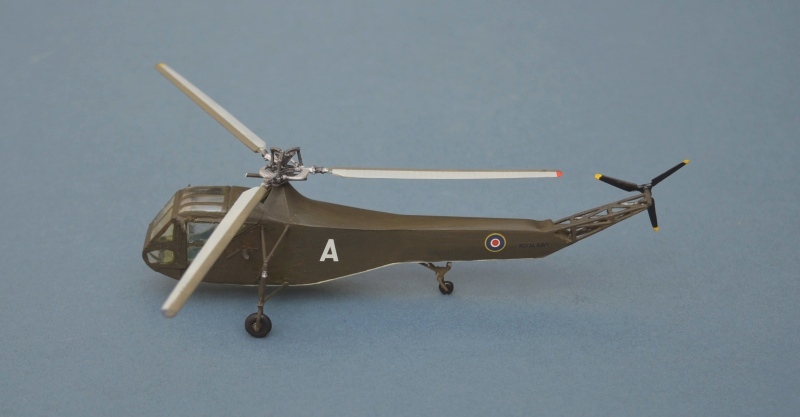

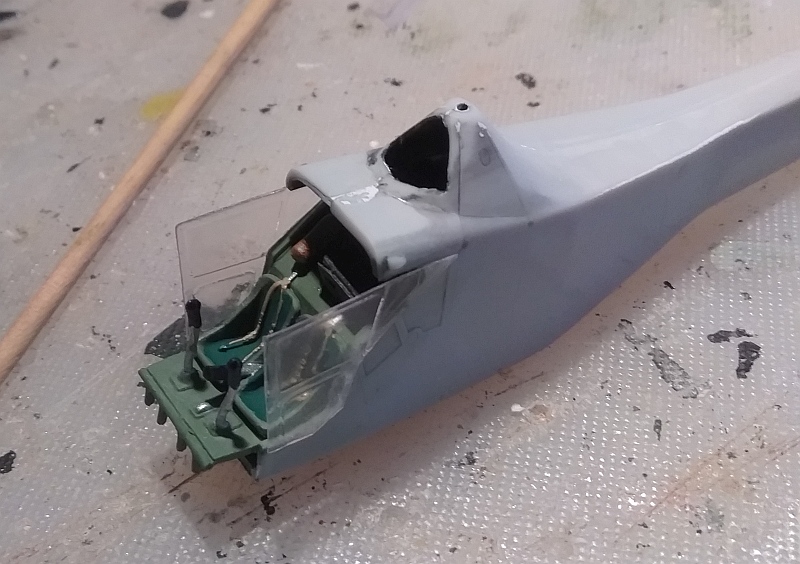
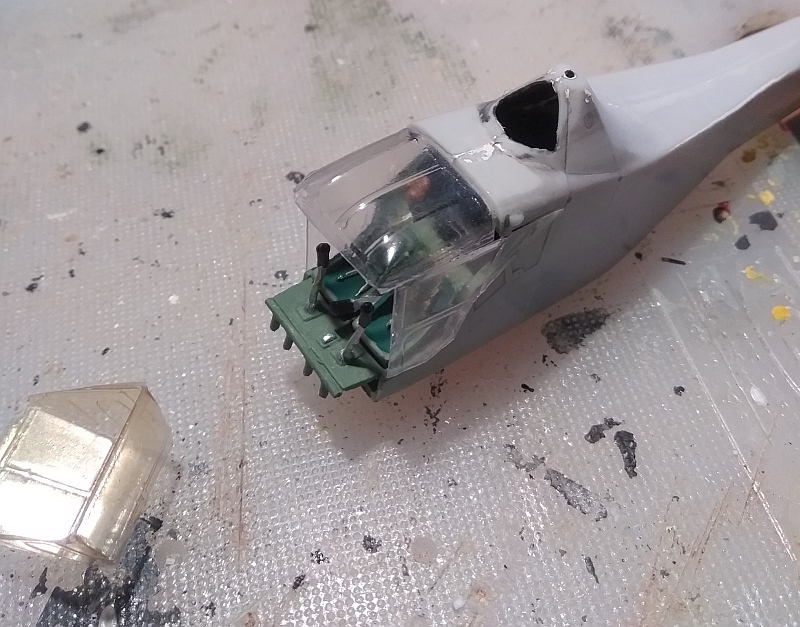
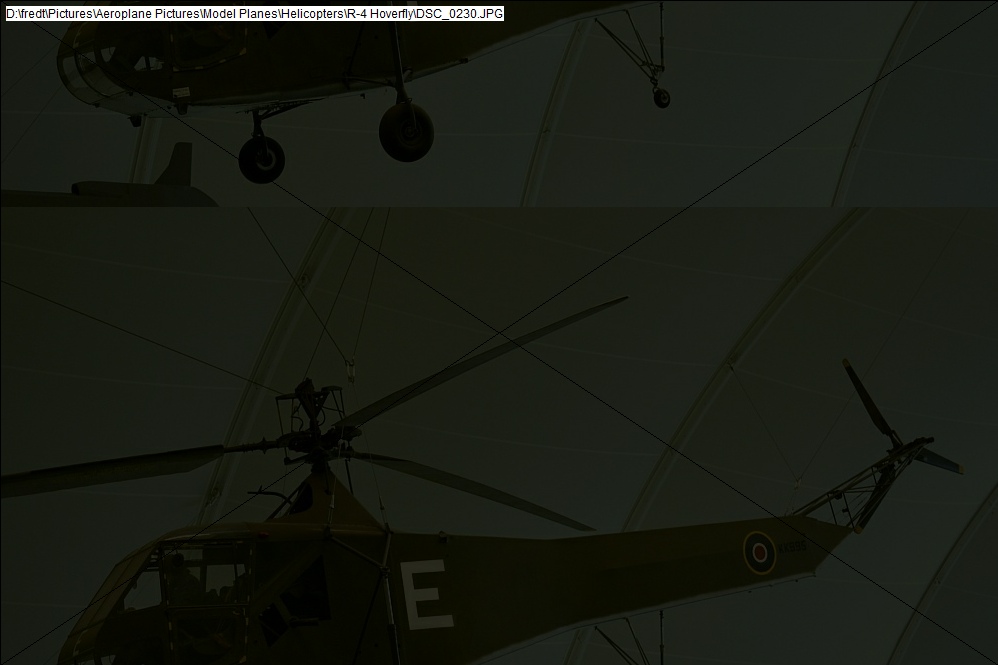
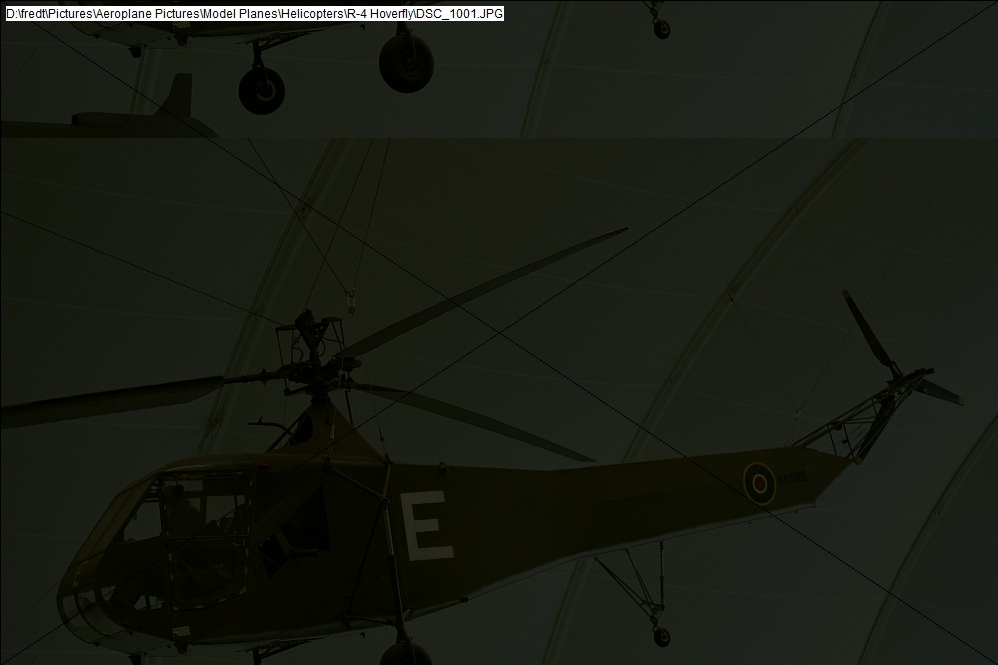
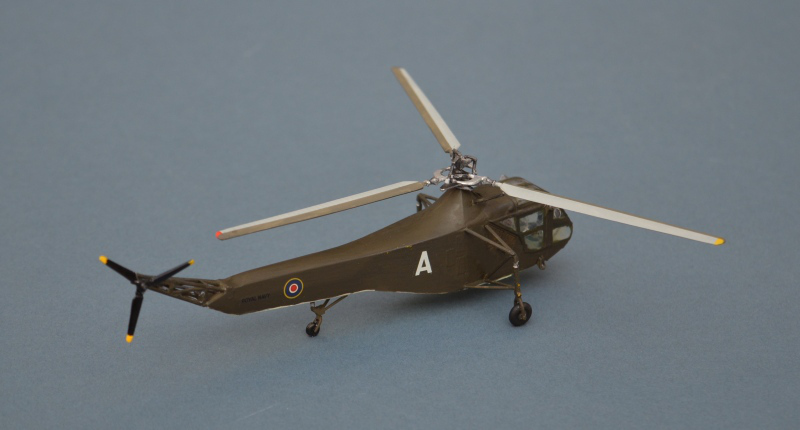

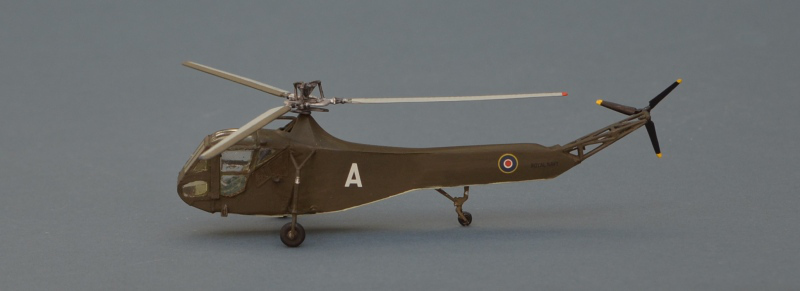
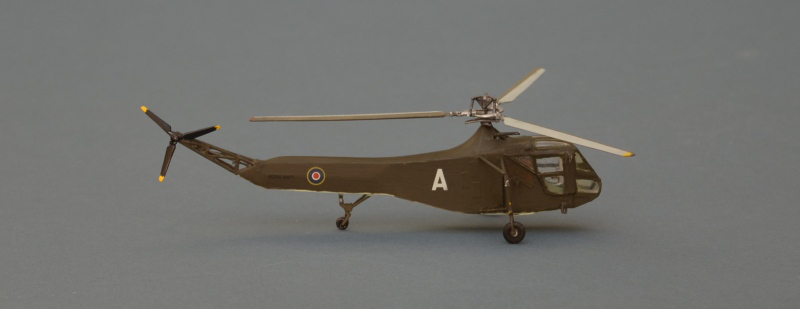


© Crown Copyright IWM (A 26730) Naval ratings move an RN Hoverfly from the flight
line at Floyd-
© Crown Copyright IWM (A 26732) A number of aircraft from the initial British purchase
were retained in the US to allow initial training of RN Pilots alongside US Coast
Guard pilots at Floyd-
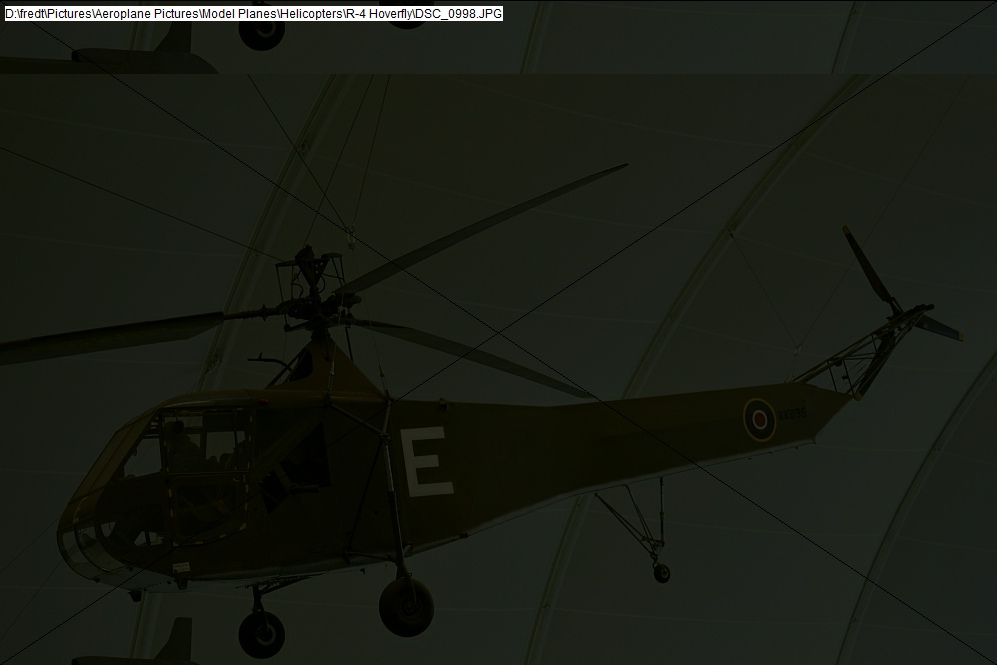
Assembling the four-
The RAF Museum at Hendon has one of the few remaining R-
